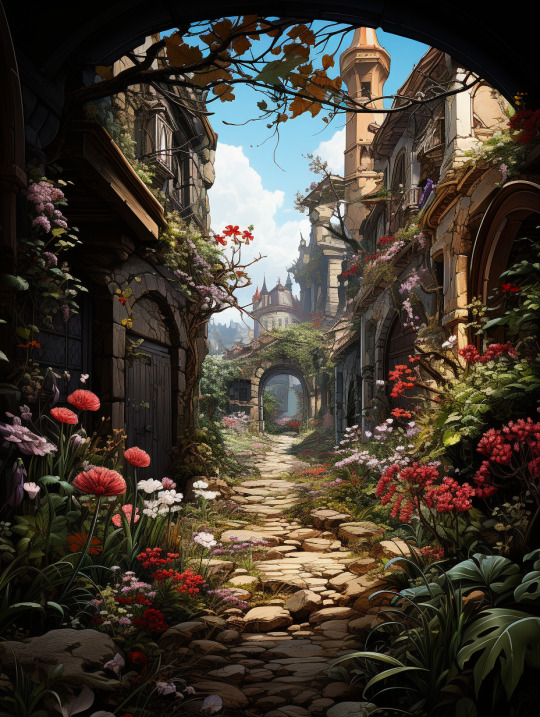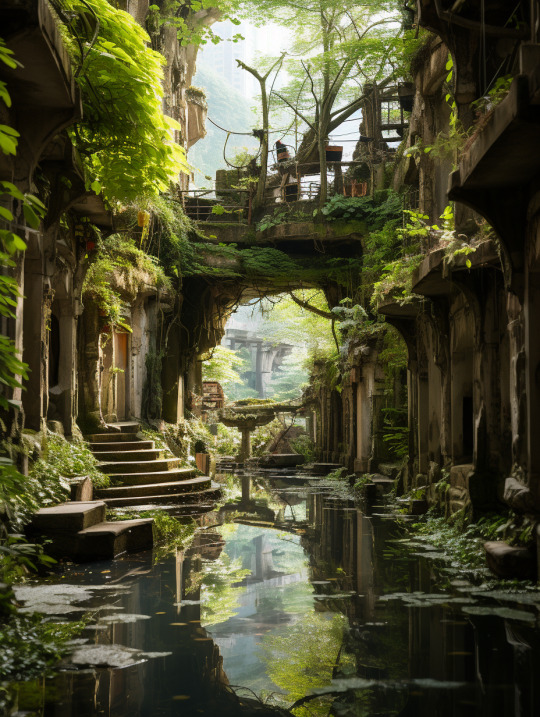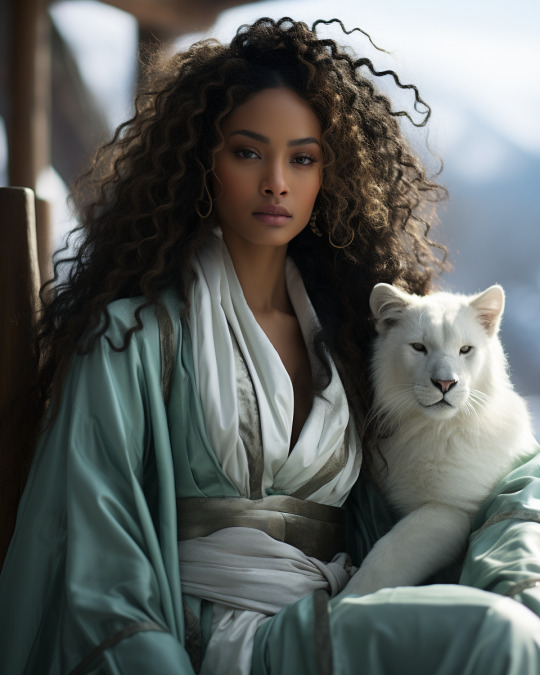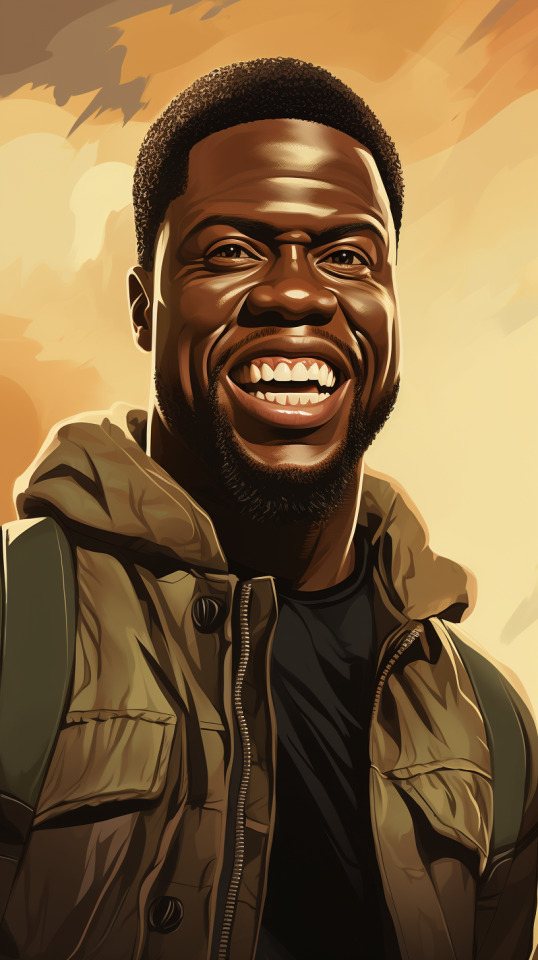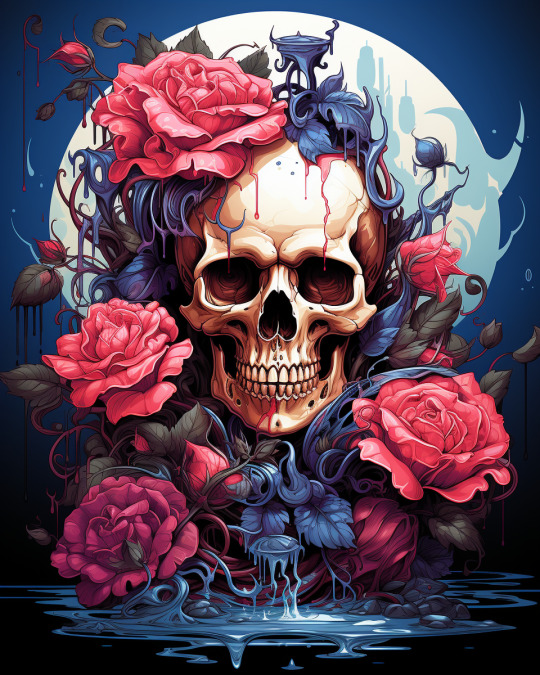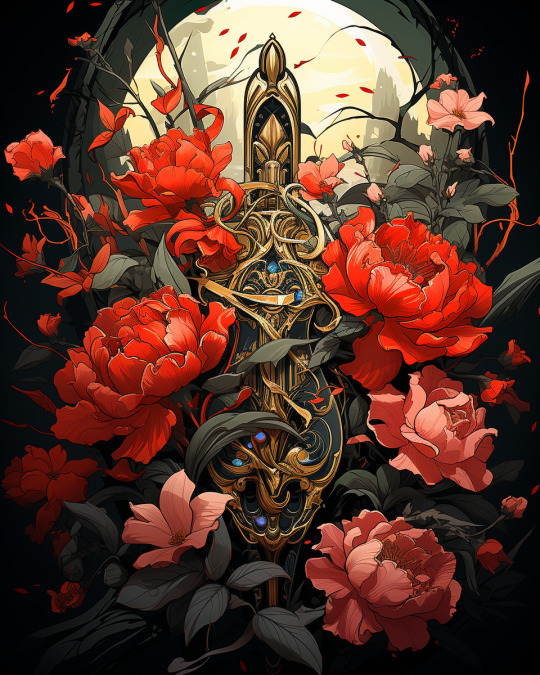Leveraging the blend of AI and automation, virtual assistants can efficiently handle repetitive tasks, work around the clock, and offer personalized customer experiences. AI's ability to learn and adapt improves service quality and decision-making, while in content creation, AI tools stimulate human creativity by generating innovative content. This transformative power of AI automation sets new standards in efficiency and productivity, promising a brighter future for the realm of virtual assistance.
Don't wanna be here? Send us removal request.
Text

How to Become a Successful Social Media Manager: Essential Skills & Strategies
In today's fast-paced digital landscape, the demand for skilled social media managers is soaring. This role is pivotal in shaping a brand's digital identity, engaging with diverse audiences, and spearheading growth through innovative social media tactics. This blog delves into the essential skills, typical responsibilities, and daily activities of a social media manager, offering a strategic roadmap for those eager to excel in this exciting and impactful career.
Essential Skills for Aspiring Social Media Managers To excel in the realm of social media management, a combination of technical know-how and creative flair is vital. According to the Digital Marketing Institute, crucial competencies include robust platform expertise, adeptness in influencer marketing, and finesse in copywriting and crisis management. A deep understanding of social media metrics, content creation nuances, and community management is also fundamental for success in this dynamic field.
Key Responsibilities in Social Media Management The multifaceted role of a social media manager encompasses content creation and curation, engaging with the audience, and gauging the impact of social media efforts. As Hootsuite illustrates, social media managers must adeptly balance content strategy, customer service, public relations, and sales objectives. Their daily decisions can significantly influence a brand's online presence, reaching thousands and shaping public perception.
A Typical Day for a Social Media Manager Buffer sheds light on the typical day-to-day life of a social media manager as one filled with diverse tasks. It includes content planning and creation, audience interaction, email outreach, and meticulous scheduling. The evolving nature of social media demands constant adaptability and a keen eye for emerging trends and best practices.
Steps to Start Your Career in Social Media Management For those embarking on this career path, beginning steps include building a digital portfolio, seeking internships, exploring job opportunities, and pursuing relevant certifications. Developing key skills like copywriting, graphic design, and crisis management will significantly bolster your career prospects.
The journey to becoming a successful social media manager is both challenging and rewarding. It requires a mix of creativity, strategic thinking, and ongoing learning. Whether your passion lies in content creation, community engagement, or strategic planning, this career offers vast opportunities for growth and innovation in the ever-evolving digital world.
#social media management#digital marketing#emerging technologies#text to image#work from anywhere#generative art#artificial intelligence#so hot 🔥🔥🔥#social media marketing
0 notes
Text

Boost Your Online Business Now: 10 Must-Know SEO Secrets Revealed!
Looking to expand your online business and get more traffic to your website? Implementing search engine optimization (SEO) is crucial for improving your site's visibility and rankings on Google and other search engines. By optimizing your content and site for keywords that your target customers are searching for, you can drive more qualified traffic to your business.
Below I reveal 10 powerful but practical SEO tips and tricks to implement right away:
Research Target Keywords
Conduct thorough keyword research to identify high-traffic, low-competition keywords that relate to your products or services. Tools like Google Keyword Planner, SEMrush, and Moz can help uncover this "low-hanging fruit".
2. Optimize Page Titles
Your page titles (what shows up as the clickable link in search engines) must contain your target keywords and compelling messaging that incites clicks. Limit titles to about 60 characters
3. Enhance Meta Descriptions
A meta description is a short summary of a web page that shows up under the title in search listings. Make them 160 characters or less using keywords that capture attention
4. Improve Site Speed
Fast page load speeds improve the visitor experience and your SEO rankings. Check your site speed with Google PageSpeed Insights and compress images, enable caching, minimize redirects, etc. to optimize.
5. Hone Your URL Structure
URLs containing keywords tell Google the topic of that page. Keep URLs short, simple and keyword-rich for a signals boost.
6. Create Content Around Keywords
Publishing regular blog content and web copy centered around your top keywords shows search engines you offer invaluable info around those topics.
7. Insert Keyword-Focused Alt Text
Alt text descriptions for images should include primary keywords too. Don't leave this crucial SEO real estate blank!
8. Enhance Internal Linking
Linking between related content on your site helps search spiders crawl more efficiently. Anchor text internal links with your keywords.
9. Earn High Quality Backlinks
Getting reputable external sites to link back to your pages with anchor text keywords indicates authority and lifts rankings.
10. Check Google Search Console
Google Search Console shows how Google views and indexes your site. Identify any critical errors impacting SEO here.
Stay tuned for more tips! Implementing these top 10 SEO secrets is key for taking your online business success to the next level by enhancing organic search visibility. What strategies are helping boost your website traffic? Let me know in the comments!
0 notes
Text
Giving Kids the Mirrors and Windows They Deserve
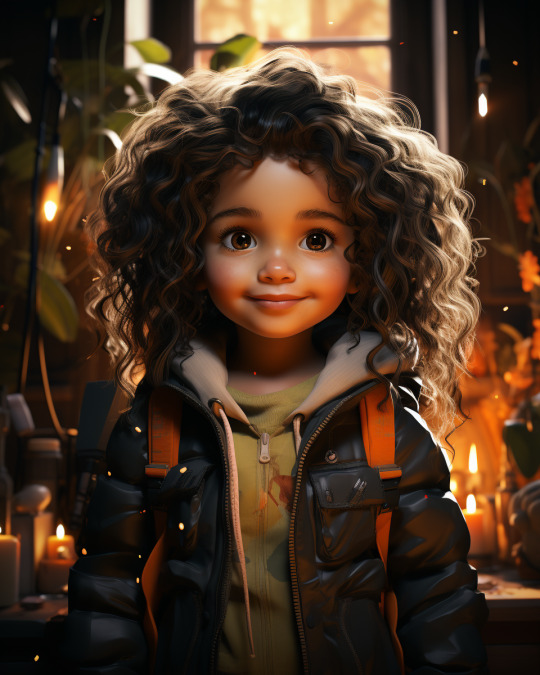
As both a parent and children's book author, I'm always on the lookout for stories that reflect the diverse world we live in. While progress has been made, there are still too many groups and perspectives underrepresented in kids' books.
We need more mirrors and windows. Mirrors that allow children to see themselves, and windows into the lives of others.
That's why I was thrilled to learn about an initiative highlighting overlooked niches in children's literature. They identified underserved topics that deserve more attention, from stories celebrating neurodiversity to tales exploring non-Western mythologies.
This resonated so strongly with me. Because all kids should be able to find stories they relate to. And all kids need books to teach them about people whose lives seem different from their own. But are not so different after all.
As the mom of a child with ADHD, I get discouraged browsing bookstore shelves dominated by neurotypical characters. I desperately want my son to see positive reflections of himself in stories. And for neurotypical kids to gain an understanding of what being ADHD means.
We also need more everyday portrayals of modern families. Families with same-sex parents. Single parent households. Grandparents as guardians. Friends as chosen family. These nurturing relationships are real for many children today. Let's showcase that diversity.
Equally important are stories that embrace identities too long marginalized. Gender nonconforming kids who shatter norms. Children of color sharing tales steeped in rich cultural traditions. Immigrants and refugees navigating life in new lands. Native voices reclaiming narrative power.
The goal isn't just greater representation. It's genuine, empowering representation. Where marginalized kids are the heroes of their own stories. And communities too often stereotyped are depicted in all their beautiful complexity.
Expanding representation means introducing children to people and places outside their bubbles too. Weaving in diverse cultures, languages, mythologies and histories broadens every child's worldview.
Kids naturally have big questions about life's complexities. Let's give them stories that explore poverty, inequality, incarceration, environmental issues in age-appropriate ways. That teach critical thinking skills for challenging the status quo. The future they'll inherit demands no less.
Of course, the magic of children's literature is its ability to make big ideas tangible and relatable. The best stories speak to universal joys and struggles, even when settings differ. They show how below surface differences, we are all so very human.
The transformation comes when kids realize that truth not only through windows into lives unlike theirs, but mirrors reflecting their own faces staring back. What once seemed foreign now feels familiar.
That is the promise of inclusive children's stories at their best. Not just creating diverse books. But through them, creating bonds of empathy, respect and understanding. Kids see themselves as heroes, and also see the heroes in each other. Our task is to give them those mirrors and windows. The future they'll create together depends on it.
There are still many missing mirrors and windows in children's literature. But when passionate advocates and creators come together, I'm hopeful positive change is on the horizon. Our kids deserve nothing less.
After all, stories have power. The power to reflect each child's reality back to them. The power to nurture openness to new people and ideas. The power to shape young minds and hearts.
Let's keep fighting to fill the gaps, so every child has access to that power.
#ChildrensBooks#DiverseStories#InclusiveLiterature#NeurodiversityInBooks#RepresentationMatters#UnderrepresentedVoices#MirrorsAndWindows#EmpoweringYouth#CulturalDiversity#ModernFamilies#GenderDiversity#OwnVoices#BreakingStereotypes#GlobalNarratives#SocialIssuesInLit#CriticalThinkingForKids#EnvironmentalStories#EmpathyBuilding#RespectInDiversity#UniversalStruggles#EmpoweringRepresentation#PositiveChange#NarrativePower#InspiringInclusivity#StoriesWithPurpose#KidsLitRevolution#FutureStorytellers#ChildrenEmpowerment#HopefulHorizons#ShapingYoungMinds
0 notes
Text
Ai Created Video.
#generative art#emerging technologies#digital marketing#artificial intelligence#texttospeech#text to video#text to image
1 note
·
View note
Text


Ai Assisted Design Facebook Ads.
1 note
·
View note
Text
The Suppression of Artistic Voices
Throughout history, art has served as a mirror reflecting society’s values, challenges, and evolution. Yet today, this mirror often faces an oppressive fog in the form of censorship. Artists around the world are finding their work banned, their voices muted, and their creativity restrained by forces seeking to maintain the status quo. However, the irony remains that nothing validates art more than its suppression.
Governments, political and religious groups, social media platforms, museums, and individuals frequently censor art they consider too controversial, provocative or offensive. But art is meant to be provocative – to push boundaries, challenge assumptions, and reveal truths. When artists cannot freely comment on society through their work, we all lose the opportunity to see issues and ideas depicted from fresh, insightful perspectives.
Censorship creates a climate of fear that causes artists to self-censor. Some avoid or dilute themes in their work that might attract backlash. Others camouflage deeper meanings in their art, leaving it up to the viewer to discern and interpret. Still more are forced to display their work secretly through underground channels. All of these outcomes hamper artistic development and social progress.
Yet the paradox remains that censorship often inadvertently elevates censored artwork, lending it deeper meaning as a symbol of resistance against oppression. Such art becomes imbued with greater significance, as both the artist and audience view it through the lens of defiance. Artists who courageously persist with their craft despite censorship difficulties demonstrate an unflinching dedication to their creative vision and freedom of expression.
It is essential that we continue recognizing and confronting censorship of the arts, whether through legislation, exposure via media, or public protests and campaigns. Artists play a crucial role in increasing awareness by boldly producing and displaying work that challenges taboos, and by speaking out when faced with restrictions. Only with openness, understanding and progressive thought can we cultivate a tolerant environment where artistic creativity and freedom thrive.
The stakes today are higher than ever, as art can instantaneously span the globe via the digital space. While this grants artwork an unprecedented audience, it also makes it more prone to opposition and suppression. We must be vigilant in protecting artists’ right to comment on society without fear, thereby allowing the full spectrum of human creativity and expression.
Art enriches collective consciousness, reflecting both beauty and ugliness. It manifests human perseverance against adversities, and stands as a record of culture throughout the ages. Art provides insights to inform and propel societal advancement. When artistic voices face oppression, we lose far more than just works of art – we lose connection with truths about ourselves and our world. Uniting against censorship preserves art’s power to challenge our minds, inspire change and celebrate the human spirit.
1 note
·
View note

